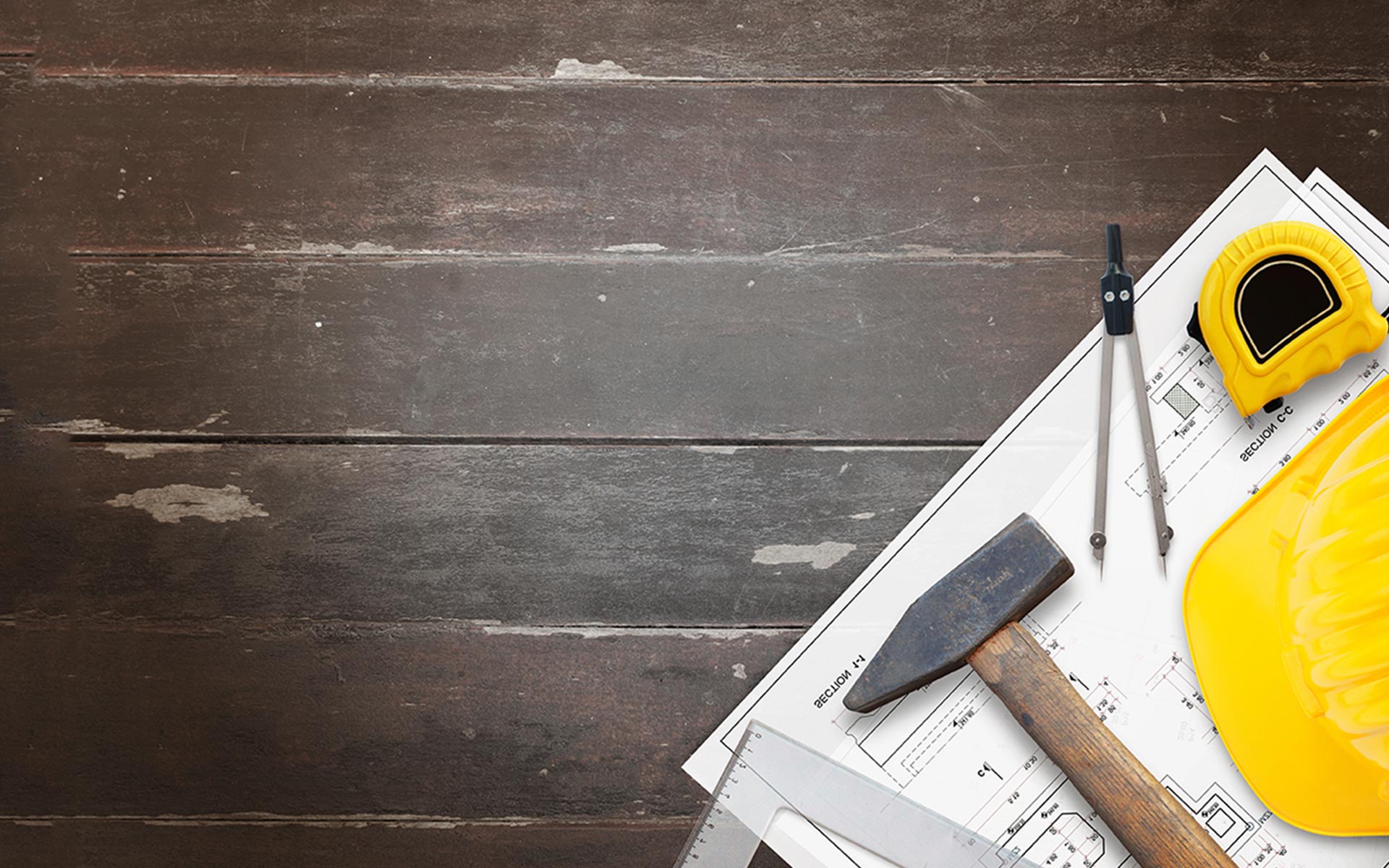What Is Asbestos?
Asbestos has its origin in the Greek word for inextinguishable. A highly effective and inexpensive fire-retardant material and thermal and acoustic insulator, asbestos was used extensively in home construction from the early 1940s through the 1970s.
Is Asbestos Harmful to My Health?
Yes. We now know that prolonged exposure to asbestos fibers can lead to lung disease. When disturbed, tiny abrasive asbestos fibers are easily inhaled, which damages lung tissue and can cause cancer. In homes built prior to 1975, asbestos is most commonly found as thermal insulation on basement boilers and pipes.
Unfortunately, it can also be found in a myriad of other household materials including:
- Blown-in attic insulation
- Vinyl floor tiles
- Glue that attaches floor tiles to concrete or wood
- Some forms of linoleum
- Window caulking and glazing
- Roofing material (usually on flat roofs but occasionally on shingles)
- HVAC duct insulation (usually found in corrugated or flat paper form)
- Siding material
- Plaster
- Fiber cement siding (usually 1/8 ” thick and 8’x4′ brittle)
- Corrugated heavy duty 8’x4′ panels
- Some forms of paint
The mere presence of asbestos in your home is not hazardous.
When Is Asbestos in a Home Dangerous?
Generally, material in good condition will not release asbestos fibers and disturbing it may create a health hazard where none existed before. The best thing to do with asbestos material in good condition is leave it alone.
The danger comes from asbestos material that has been damaged over time. Asbestos that crumbles easily if handled, or that has been sawed, scraped, or sanded into a powder is likely to release asbestos fibers and create a health hazard.
How Do I Know If Asbestos Is in My House?
Check for Tears, Abrasions or Water Damage
If you suspect a part of your home may contain asbestos, check periodically for tears, abrasions or water damage. If you discover slightly damaged material, limit access to the area and do not touch or disturb it. If asbestos material is more than slightly damaged, or if you are going to make changes in your home that might disturb it, professional repair or removal is needed.
Call for an Inspection First
Before calling an asbestos abatement contractor, however, you should contact an industrial hygiene firm to inspect the affected area. A proper assessment will include a complete visual examination and careful collection and analysis of samples.
If asbestos is present, the inspector should provide a written evaluation describing its location and extent of damage, and give recommendations for correction or prevention.
Also, this inspector can perform checks after removal or repair to assure the area has been properly cleaned. With this report in hand, homeowners can then contact an asbestos abatement contractor and negotiate a clean-up plan.
Contact an Asbestos Abatement Contractor
Before work begins, get a written contract specifying the work plan, cleanup and the applicable federal, state, and local regulations which the contractor must follow (such as permits, notification requirements and asbestos disposal procedures).
You can contact your state and local health departments, the Environmental Protection Agency’s regional office and the Occupational Safety and Health Administration’s regional office to find out more about these regulations.
Download out Talk Asbestos Worksheet (PDF) here
Visit the Canadian Government site on Asbestos and your health











